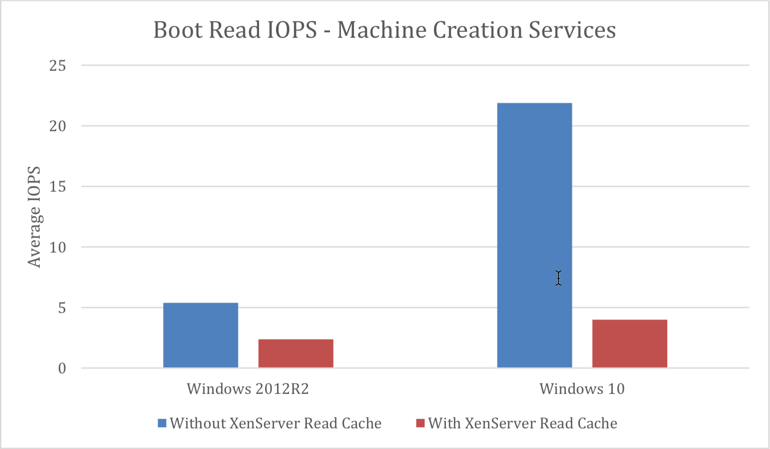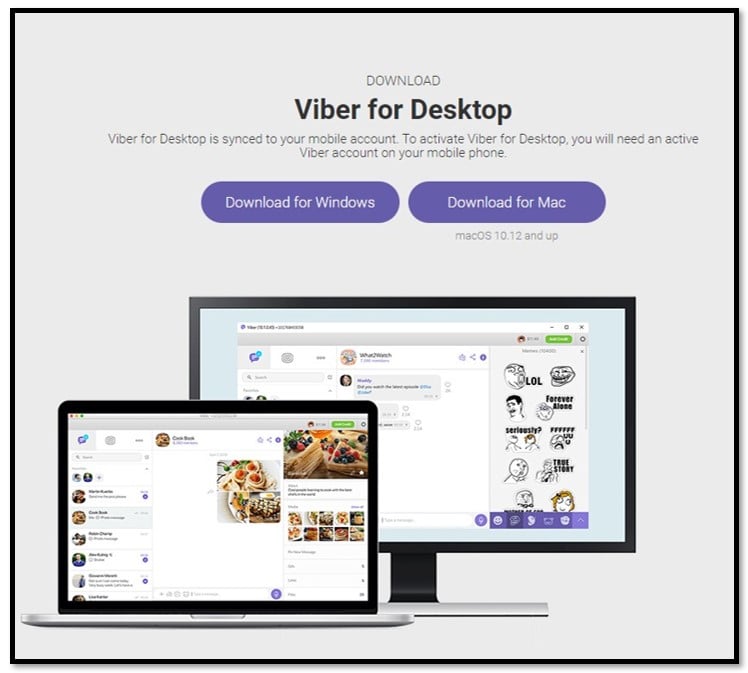- VDisks: If local storage, vDisk files are identical on all Provisioning Servers. VDisk files are VHDX, not VHD – faster version merging. VDisks are sized dynamic, not fixed – Saves disk space. Standard Mode vDisks don’t grow so no performance impact. VDisk files are defragmented. VDisk files are backed up. VDisk updates are automated.
- Is anyone using Dynamic Disk Pools with your Citrix Provision Services and with your vDisks of clients? We recently got a PowerVault with 1.2TB 10K SAS disks and 12GBs SAS Connection to our Servers and was curious if going with Dells DDP/Dynamic Disk Pools is any better than going with a RAID 5 a.
- Vhdtool.exe /extend “C: vDisks W2k8-BASE.vhd” 80. Wait for the extension operation to complete, it could take a a while. The exention below took 30 minutes to complete when moving from a 72GB to 120GB vDisk, probably because I use the fixed-size VHD format. I suspect dynamic VHD’s might extend faster.
- Citrix Field Kickoff 2021 will bring the excitement of Citrix to living rooms, kitchens, and offices around the world over the course of six days — January 12-14 and 19-21, 2021. The main focus of this free, virtual event is The post 5 ways to connect and play during Citrix Field Kickoff first appeared.
- Fixed Or Dynamic Vdisks All About Citrix Cloud
- Fixed Or Dynamic Vdisks All About Citrix Download
- Fixed Or Dynamic Vdisks All About Citrix Software
In the VHDX Format text box, select the format as either Fixed or Dynamic (2040 GB for VHDX emulating SCSI; 127 GB for VHDX emulating IDE). If the VHDX format is Dynamic, from the VHDX block size drop-down, select the block size as either 2 MB or 16 MB. Click Create vDisk, a progress dialog opens.
Ever need to increase the size of a Provisioning Services (PVS) vDisk, for instance when an application upgrade needs more disk space than planned when creating the vDisk? Well, if so the process I use is fairly simple to complete and preserves the existing data.
With the older vDisk formats (PVS 5.x and earlier) you can use the VHD Tool executable available on Microsoft’s MSDN website at http://archive.msdn.microsoft.com/vhdtool. The VHD Tool can be used to create, repair, extend, or convert a VHD. For this process, we are going to use it to extend the the existing PVS vDisk image.
Before beginning you will need a vDisk that is not in use by any PVS target devices. You can copy the exisiting vDisk or just shutdown all the target devices that are currently locking the one you would like to extend.
WARNING: While this process is designed to keep any existing data on the vDisk and to just extend the NTFS volume, the risk of corrupting the vDisk file is always present due to failures outside the process control. Therefore, be sure to take a full backup of the vDisk before continuing.
1. Use VHD Tool to extend the size of the existing vDisk by supplying as paramaters to the binary both the VHD file name and the size in bytes you would like the vDisk.
vhdtool.exe /extend “<pathToVdisk>filename.vhd” NewSizeInBytes
Example to extend c:vdisksw2k8-base.vhd to 120 GB [120*1024*1024*1024 = 12884901880 bytes], use this command-line.
vhdtool.exe /extend “C:vDisksW2k8-BASE.vhd” 128849018880
2. Wait for the extension operation to complete, it could take a a while. The exention below took 30 minutes to complete when moving from a 72GB to 120GB vDisk, probably because I use the fixed-size VHD format. I suspect dynamic VHD’s might extend faster.
If you are using a version PVS 6 or later, the vDisk format changed, so the VHDTool will only corrupt your vDisk file. Instead use the Powershell cmdlet Resize-VHD. This cmdlet can be found as part of the Hyper-V module.

Resize-VHD -Path“<PathtoVHD>” -SizeBytes <FinalSizeInBytes>
For example, this Powershell command will extend the vDisk to 40GB:
Resize-VHD -Path “c:vdisksMyVDisk.vhd” -SizeBytes 42949672960
Since the VHD most likely represents a boot or system volume, you cannot extend it from within the operating system when streaming it from a PVS server; however, you can mount that VHD on another computer as a secondary drive and from there perform the extension. Any Windows Server 2008 or later server should work, I tend to use the PVS servers which run Windows Server 2008 R2 in my environment.
3. From the PVS server, mount the VHD file through the Disk Management MMC plug-in and the Attach VHD command

4. Right-click on the newly mounted VHD (vDisk) and choose Extend Volume… from the context menu. Run through the “Extend Volume” wizard selecting the new disk and the new size on the second dialog. Click Finish when you are done.
Extending the volume via Disk Managment
5. Detach the VHD by right-clicking on the disk in the MMC and choosing Detach VHD from the context menu.
If you are not modifying an existing vDisk, go ahead an import the new vDisk into the PVS console. If you were modifying the vDisk, performing a Refresh action at the PVS console should immediately reflect the new disk size.
Just boot your target devices off the new vDisk and enjoy the extra disk space.
If you have comments feel free to add them below. If you found this article useful and would like to be notified of future blogs, please follow me on Twitter @pwilson98.

Section 1, Section 3, Section 4
1Y0-201 Managing XenDesktop 7.6 Solutions
This resource guide's links are outdated. Please browse to the new 1Y0-201 resource guide. The 1Y0-201 free PDF download can be found at the following link: Free 1Y0-201 PDF resource guide download.

Section 2: Maintaining Citrix XenDesktop 7.6 Solutions
Objective 1: Update the Desktop Image
eDocs > XenApp and XenDesktop > XenApp 7.5 and XenDesktop 7.5 > Manage machines > Update a master image
http://support.citrix.com/proddocs/topic/xenapp-xendesktop-75/cds-update-master-vm-rho.html
eDocs > XenApp and XenDesktop > XenApp 7.6 and XenDesktop 7.6 > New deployments > Machine catalogs > Manage machine catalogs
http://support.citrix.com/proddocs/topic/xenapp-xendesktop-76/xad-mach-cat-manage.html
eDocs > XenApp and XenDesktop > XenApp 7.6 and XenDesktop 7.6 > New deployments > Machine catalogs > Create a machine catalog
http://support.citrix.com/proddocs/topic/xenapp-xendesktop-76/xad-mach-cat-create.html
Hotfix ICATS750WX64033 - For VDA Core Services 7.1/7.5 for Windows Server OS (64-bit) - English
http://support.citrix.com/article/CTX142349
Objective 2: Configure Power Management settings
eDocs > XenApp and XenDesktop > XenApp 7.6 and XenDesktop 7.6 > New deployments > Install VDAs using the standalone package
http://support.citrix.com/proddocs/topic/xenapp-xendesktop-76/xad-install-standalone-vda.html
eDocs > XenApp and XenDesktop > XenApp 7.6 and XenDesktop 7.6 > New deployments > Delivery groups > Manage machines in a Delivery Group
http://support.citrix.com/proddocs/topic/xenapp-xendesktop-76/xad-dg-manage-machines.html
Turn off xendesktop vms when not in use
http://discussions.citrix.com/topic/353486-turn-off-xendesktop-vms-when-not-in-use/
Objective 3: Maintain Delivery Groups
eDocs > XenApp and XenDesktop > XenApp 7.6 and XenDesktop 7.6 > New deployments > Delivery groups > Manage applications in a Delivery Group
http://support.citrix.com/proddocs/topic/xenapp-xendesktop-76/xad-dg-manage-apps.html
eDocs > XenApp and XenDesktop > XenApp 7.5 and XenDesktop 7.5 > Manage application and desktop delivery > Prevent users from connecting to a machine
http://support.citrix.com/proddocs/topic/xenapp-xendesktop-75/cds-put-desktop-into-maintenance-mode-rho.html
eDocs > XenApp and XenDesktop > XenApp 7.6 and XenDesktop 7.6 > New deployments > Delivery groups > Manage machines in a Delivery Group
http://support.citrix.com/proddocs/topic/xenapp-xendesktop-76/xad-dg-manage-machines.html
Objective 4: Maintain Machine Catalogs
eDocs > XenApp and XenDesktop > XenApp 7.6 and XenDesktop 7.6 > New deployments > Machine catalogs > Create a machine catalog
http://support.citrix.com/proddocs/topic/xenapp-xendesktop-76/xad-mach-cat-create.html Warframe corrosive projection nerf.
eDocs > XenApp and XenDesktop > XenApp 7.6 and XenDesktop 7.6 > New deployments > Machine catalogs > Create a machine catalog
http://support.citrix.com/proddocs/topic/xenapp-xendesktop-76/xad-mach-cat-create.html
Objective 5: Maintain the XenServer
Citrix XenServer 6.0 Administrator's Guide
http://docs.vmd.citrix.com/XenServer/6.0.0/1.0/en_gb/reference.html
eDocs > Technologies > Provisioning Services > Provisioning Services 7.x > Provisioning Services Administration > Managing vDisks > Deploying vDisks > Configuring vDisks for Deployment > Support for Replicated vDisk Storage
http://support.citrix.com/proddocs/topic/provisioning-7/pvs-vdisks-replication.html
Fixed Or Dynamic Vdisks All About Citrix Cloud
Citrix XenServer 6.0 Installation Guide
http://docs.vmd.citrix.com/XenServer/6.0.0/1.0/en_gb/installation.html#applying_hotfixes
Citrix XenServer 6.0 Installation Guide
http://docs.vmd.citrix.com/XenServer/6.0.0/1.0/en_gb/installation.html#upgrading

Citrix XenServer 6.0 Installation Guide
http://docs.vmd.citrix.com/XenServer/6.0.0/1.0/en_gb/installation.html#intellicache
Objective 6: Maintain vDisks
Fixed Or Dynamic Vdisks All About Citrix Download
Clearing The Air – Fixed or Dynamic vDisks?
http://blogs.citrix.com/2012/02/13/fixed-or-dynamic-vdisks
eDocs > Technologies > Provisioning Services > Provisioning Services 7.x > Provisioning Services Administration > Managing vDisks > Updating vDisks > Merging VHD Differencing Disks
http://support.citrix.com/proddocs/topic/provisioning-7/pvs-vdisks-vhd-merge.html
Fixed Or Dynamic Vdisks All About Citrix Software
eDocs > Technologies > Provisioning Services > Provisioning Services 7.x > Provisioning Services Administration > Managing vDisks > Deploying vDisks > Configuring vDisks for Deployment > Support for Replicated vDisk Storage
http://support.citrix.com/proddocs/topic/provisioning-7/pvs-vdisks-replication.html

